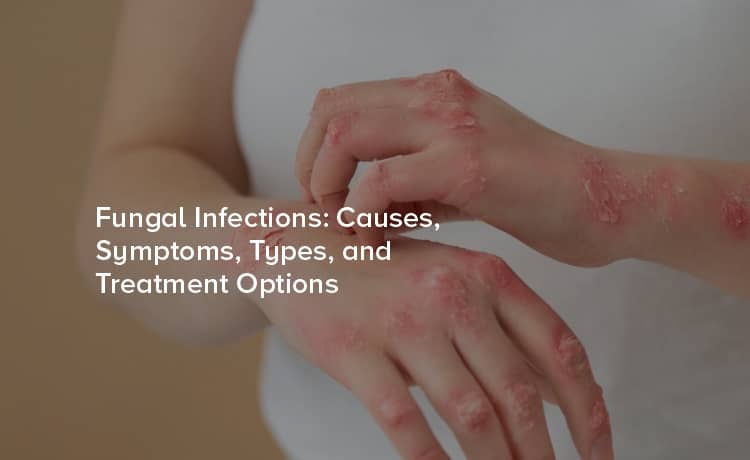
Fungal infections, though common, can be an unpleasant ordeal affecting anyone, from the health-conscious fitness enthusiast to the most diligent medical professionals. These infections are varied in type and degree of severity, making a baseline understanding of their nature critical to timely and effective management.
Fungal infections are more prevalent than most realize, stemming from organisms that can land anywhere, ranging from a nuisance to a significant health hazard. Understanding these infections is beneficial not only for those directly affected but also for anyone interested in maintaining optimal health.
While fungi naturally exist in the environment and in the human body, an infection occurs when an overgrowth of these organisms breaches the body's defenses. Factors contributing to such conditions include:
Identifying potential fungal infections early can lead to quicker treatment and reduced complications. Common signs include:
Several common types of fungal infections include:
Antifungal treatments are the mainstay of managing fungal infections and come in various forms:
Preventing fungal infections involves a combination of personal care and environmental adjustments:
Recognizing the signs and symptoms of various fungal infections and knowing when to seek medical advice is crucial. Individuals suspecting a fungal infection should consult a dermatologist or healthcare provider for a proper diagnosis and treatment plan.
While over-the-counter products may offer symptomatic relief, professional guidance ensures tailored treatment, especially for recurring or severe conditions. Early detection, combined with efficient treatment, often leads to better outcomes. As always, prevention is better than cure – healthy lifestyle habits can minimize the risk of fungal infections, leading to a healthier life.
Call us now at 040 67 19 19 19 to schedule your appointment, or conveniently book online by filling out the form on our Citizens Specialty Hospital. Take the first step towards improving your health today!